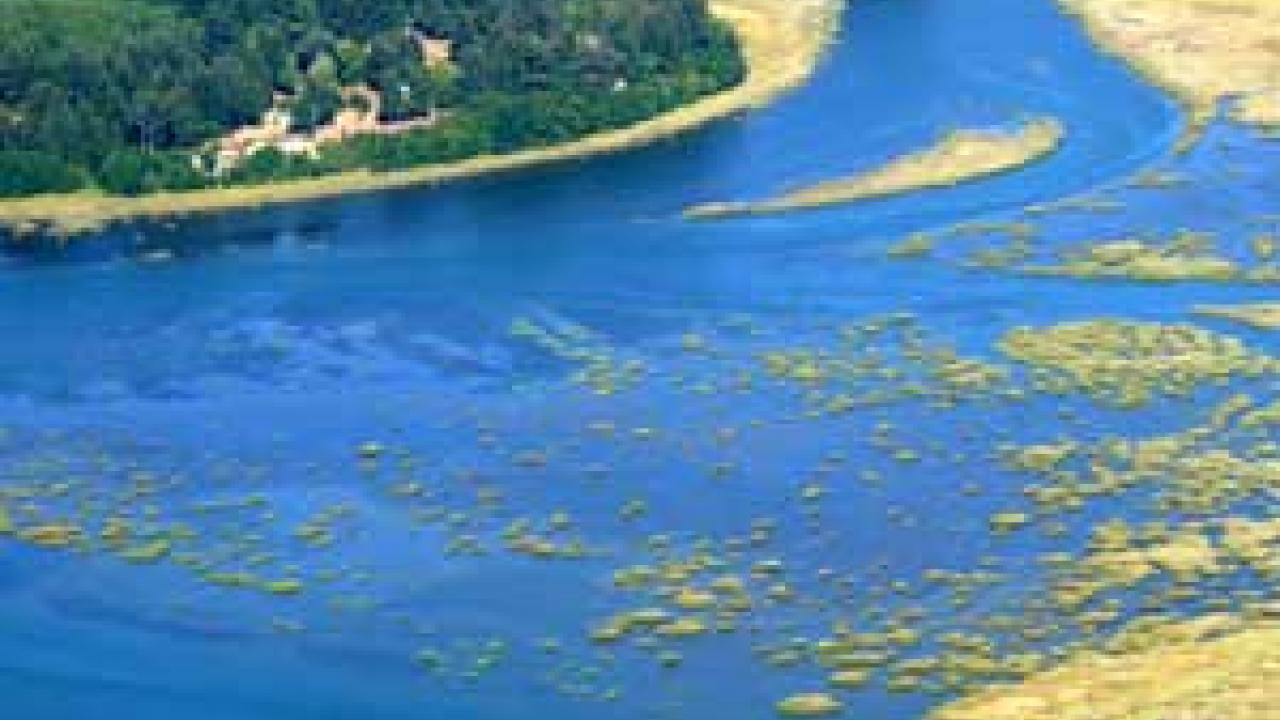The wind transports pollen far less effectively than scientists assumed, according to a new study of invasive Atlantic cordgrass by researchers at UC Davis. This discovery will help control a cordgrass, Spartina alterniflora, that is invading wetlands on the Pacific coast.
Plants including grasses, oaks and pine trees need the wind to carry pollen between plants, fertilizing nascent seeds. Scientists guessed that wind pollination was efficient, but the theory hadn't been tested.
"People think, because they get hay fever, there's always plenty of pollen in the air," said Heather G. Davis, lead author on the study published Aug. 16 in the journal Proceedings of the National Academy of Sciences, USA. "But pollen is fragile, like sperm. It has a very short life."
Working in the salt marsh of Willapa Bay, Wash., Davis and colleagues studied wind pollination at two stages of a Spartina invasion: early, when plants are spread apart, and late, when plants form a solid meadow.
Wind pollination worked well for late-invasion meadow plants, causing high seed production. But the wind worked poorly when plants were spread further apart. Early-invasion plants received little pollen and made very few seeds.
Davis thinks this explains why Spartina covers only 60 of Willapa Bay's 230 acres, despite having been present in the bay for a century. The study's findings are helping biologists devise new strategies to eradicate invasive species. Davis says inefficient wind pollination could also speed the extinction of rare plants.
Media Resources
Andy Fell, Research news (emphasis: biological and physical sciences, and engineering), 530-752-4533, ahfell@ucdavis.edu
Heather Davis, hgdavis@ucdavis.edu
